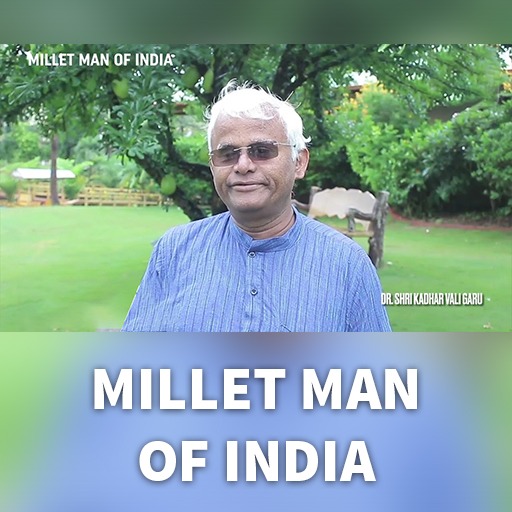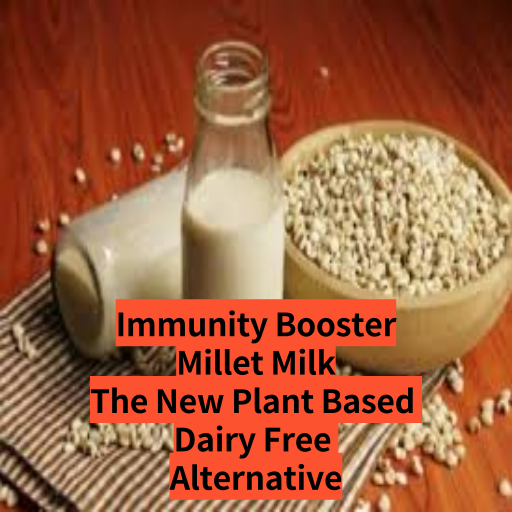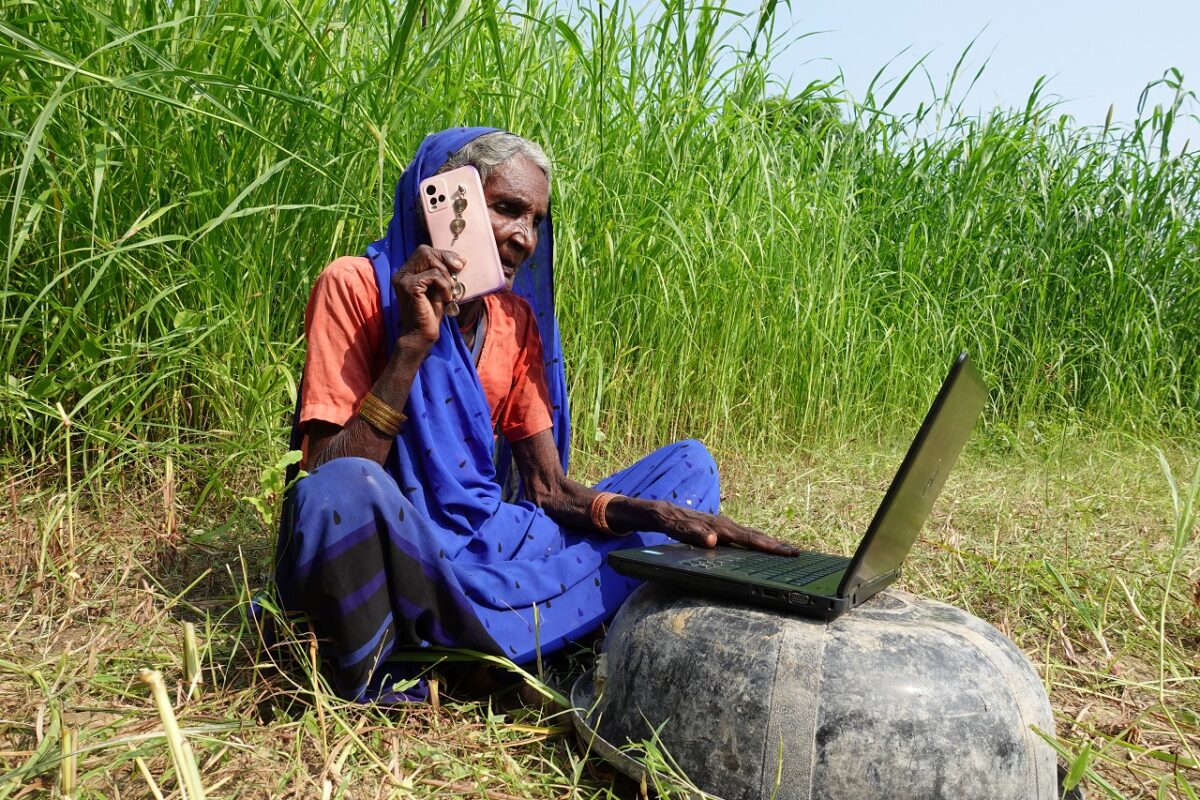Dr. Khadar Vali is a renowned figure in India’s agriculture industry, widely known as the “Millet Man of India.” He is a passionate advocate for the promotion of millet in agriculture, and his work has played a significant role in raising awareness of the benefits of these crops. On January 26th, the government of India recognized his contributions by awarding him the Padma Shri, one of the country’s highest civilian honors.
Background and Education
Born in a humble background in the Kadapa District of Andhra Pradesh, Dr. Valli earned his BSc and MSc from the Regional College of Education, Mysuru before obtaining a Ph.D. in Steroids from the Indian Institute of Science in Bengaluru. He then spent several years working as a scientist in the United States before returning to India in 1997 to address the problem of diet-related consequences in society.
Revival of Millet
Dr. Valli has been instrumental in reviving five types of disappearing millets. He discovered the medicinal properties of these grains and named them “Siridhanyalu”. He is a leading advocate for the cultivation and use of millet and has been working towards making them a staple food in Indian diets.
Promotion of Millet in Himachal Pradesh
He delivered a lecture on the role of millets in preventive health at a workshop for over 200 farmers in Himachal Pradesh. He called upon farmers, agriculture scientists, and policymakers to promote millets to save soil, water, the environment, and human health. He emphasized that the water required for rice and wheat crops in one year is equal to the water requirement of millets for 26-30 years, making it a more sustainable and healthier option.
Panch Ratna (Rise of millet)
Dr. Khadar Vali is a vocal advocate for the cultivation of millets, which he refers to as “Panch Ratna” (five jewels). He does extensive research on types of millets such as Foxtail, Browntop, Little, Kodo, and Barnyard. He found that these crops can rehabilitate barren lands and play a vital role in preserving soil, water, and the environment.
Economic Model
Dr. Vali also emphasizes the importance of consuming millet as a staple food to prevent diseases and improve the health of those suffering from progressive illnesses. He argues that the current “economic model” followed by society is leading to various health problems such as glucose and hormonal imbalances and that eating millet can help to address these issues.
Improving Yield and Nutritional Quality
He uses modern breeding techniques to develop new varieties of millet that are more productive and have higher levels of essential nutrients such as iron, zinc, and vitamin A. These improved varieties have the potential to greatly benefit small-scale farmers and their communities, as well as to improve food security and nutrition in developing countries.
Tolerance and Abiotic Stress
Another important aspect of Dr. Vali’s research has been to improve the stress tolerance of millet crops. Climate change and unpredictable weather patterns have made it increasingly difficult for farmers to grow millet, as the crop is sensitive to drought, heat, and other forms of abiotic stress. Dr. Vali and his team create crops that can better withstand these challenges by identifying and incorporating stress-tolerance genes into new millet varieties, making them more resilient and adaptable to changing conditions.
Study on Millet Genomics
Dr. Vali’s work has also included the study of millet genomics, which is the study of the genetic makeup of millet crops. By understanding the genetic makeup of millet, scientists can better understand how the crop responds to different environmental conditions and develop new breeding strategies to improve its performance. Through his research, Dr. Vali has identified many important genes that play a role in millet growth and development and has used this knowledge to develop new varieties of millet that are more resistant to disease and pests.
Proclamation by United Nations
As the United Nations declares 2023 as the “International Year of Millets,” Dr. Vali’s work and advocacy take on even greater significance. His efforts to revive ancient grains and promote their cultivation and consumption demonstrate the potential of millets to address some of the most pressing challenges facing India today and serve as a model for other countries looking to promote sustainable and healthy food systems.
Dr. Vali’s Mission
Dr. Vali’s mission is motivated by the belief that millet can play a critical role in addressing some of India’s most pressing health and environmental issues. He claims that switching to millet cultivation can save water, soil, and the environment while also improving human health. He cites the attribute that the water required for rice and wheat crops in one year equates with the water requirement of millets for 26-30 years as a compelling reason for scientists and farmers to adopt millet cultivation.
Finale:
In conclusion, Dr. Khadar Vali’s work and advocacy for millets highlight the importance of promoting and consuming millets as a sustainable and healthy food source. His personal experience of living on millets for 25 years and the scientific research he has conducted on the topic serve as a testament to the benefits of incorporating millets into our diets. As the International Year of Millets approaches, let us remember Dr. Vali’s message and make a concerted effort to incorporate millets into our daily diets for a healthier, more sustainable future.
FAQS
Q: What is the focus of Dr. Khadar Vali’s work on millet?
A: Dr. Khadar Vali’s work focuses on improving the production and nutritional value of millet through various methods such as breeding, genetic modification, and crop management techniques.
Q: What are some specific techniques used by Dr. Vali in his work on millet?
A: Dr. Vali uses techniques like marker-assisted breeding, genetic transformation, and precision agriculture to improve millet yield and nutritional quality.
Q: How does Dr. Vali’s work on millet benefit the community?
A: Dr. Vali’s millet research aims to improve community health and food security by developing more nutritious and high-yielding millet varieties. Furthermore, his research could contribute to the millet sector’s long-term development by increasing millet production efficiency and productivity.













